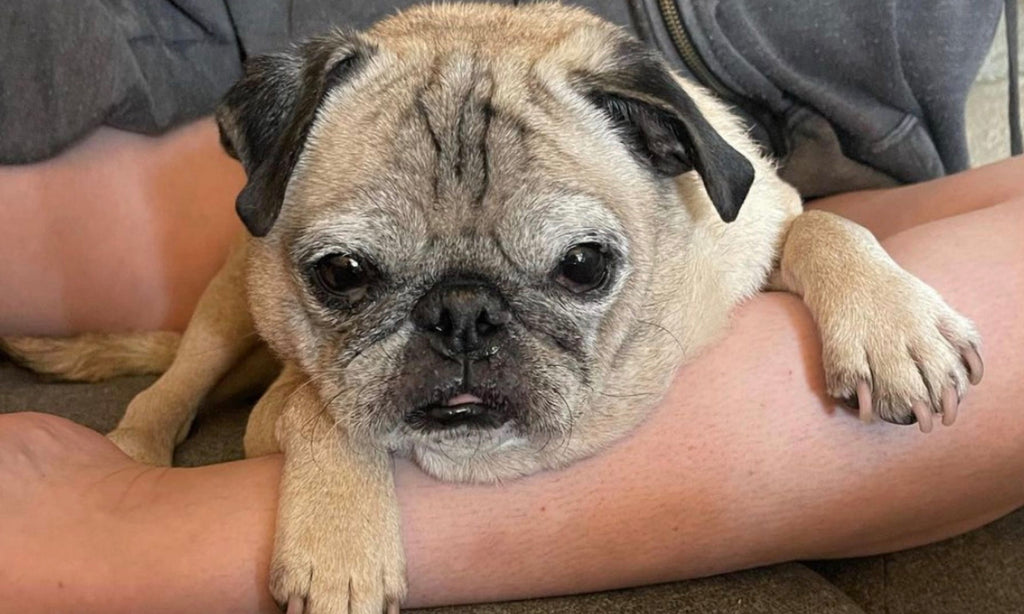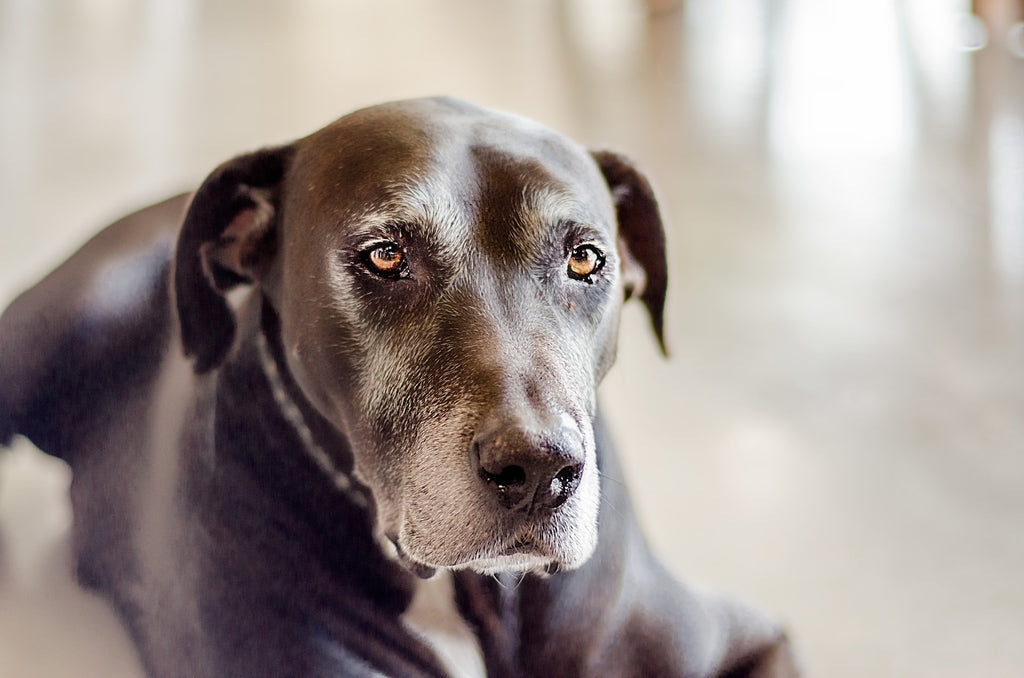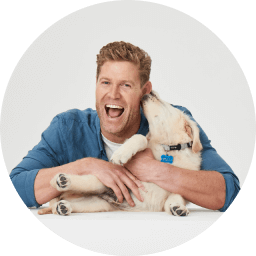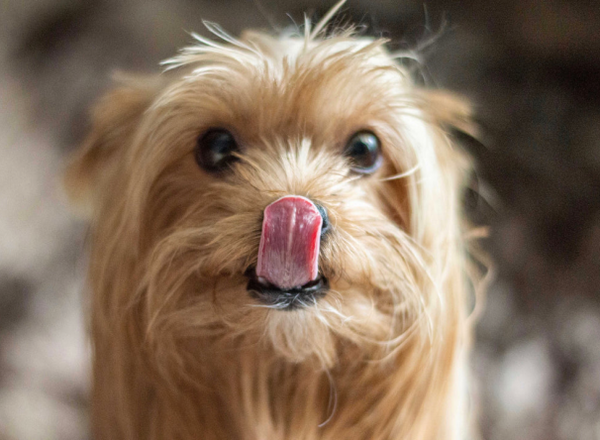
Noodle the 13 year old pug’s quest for ‘bones’ or ‘no-bones’ days is strangely relatable for lots of the furry family. But here’s why ‘no-bones’ days really occur…and how to avoid them…
It’s the daily premonition that’s hooked social media. Whether Noodle the pug will stand on his ageing four legs (and have ‘bones’) or whether he’ll just flop on the ground with a body that seemingly has ‘no-bones’ has become strangely addictive. But obviously, Noodle the pug isn’t the only one prone to some no-bones days. So I thought I’d look at how to recognise the warning signs and minimise the days…sans (without) bones.
The first important thing to realise is that ‘no-bones’ days aren’t just the result of arthritis. Sure a life well-lived, tearing around the dog park after…and away from other enthusiastic pups plays a big part in causing the joint stiffness and soreness that we see in so many pets over the age of 7. (Sidenote: In obsessive tennis ball chasers it can be as young as 5. Eek). The hips, knees, elbows and wrists (carpal joints) are the main worry points…in that order. And when that soreness really flares up…or they’ve been lying on those joints (especially in cold conditions), a lack of support is often the result. Hello ‘no-bones’.
But another surprisingly common factor in dogs over the age of 10 is something you may not have heard of. A degenerative neuropathy. This is where the nerves to (especially) the back legs are slow in sending (and receiving) their messages and as a result dogs will stumble on their back legs or have trouble supporting themselves. Look out for tell-tale signs like back legs that cross-over as they walk or excess scuffing of the back toe-nails from a dragging of the back feet…
It’s all too easy to put these down to ‘old-age’ challenges but you can give them a greater chance of ‘bones’ with the right care. Regular gentle walks will get the blood flowing to the crucial supporting muscles and joints. Letting them sleep in a warm, soft bed that’s elevated off the ground will also help. Finally, working with your vet to ensure they have high omega 3’s in their diet as well as some extra help from some injections (pentosan polysulphate), supplements (glucosamine and chondroitin) as well as some anti-inflammatory tablets for those tough weeks will bring their beat and their bones back!

 FREE School Snacks
FREE School Snacks
 FREE Pooch Pouch
FREE Pooch Pouch
 FREE School Snacks
FREE School Snacks
 FREE Pooch Pouch
FREE Pooch Pouch
















